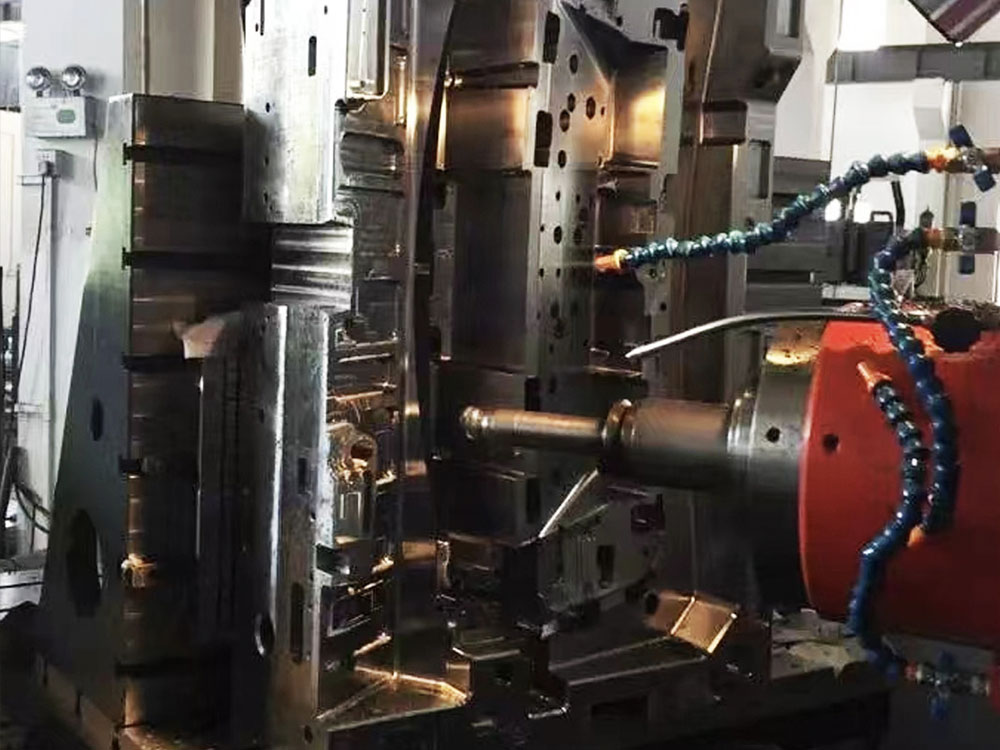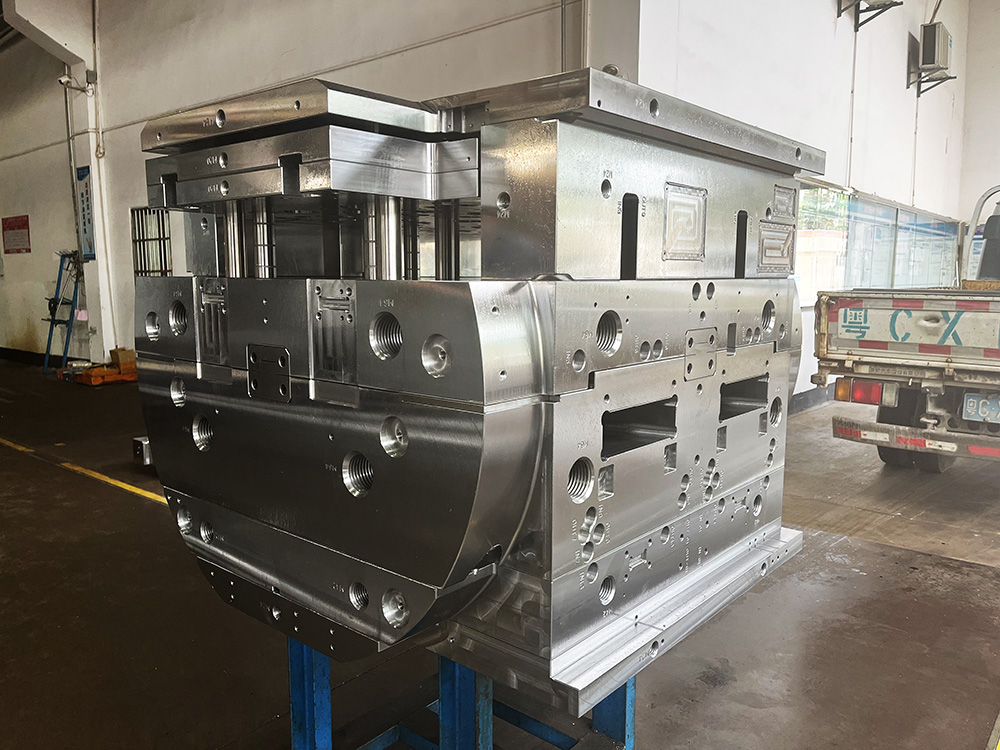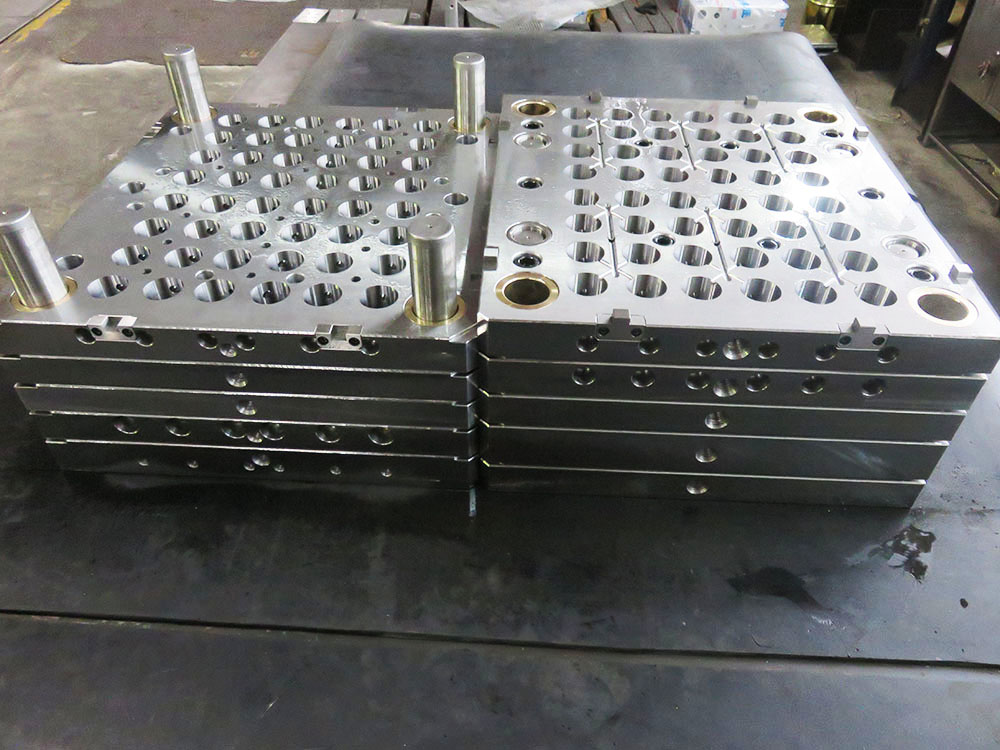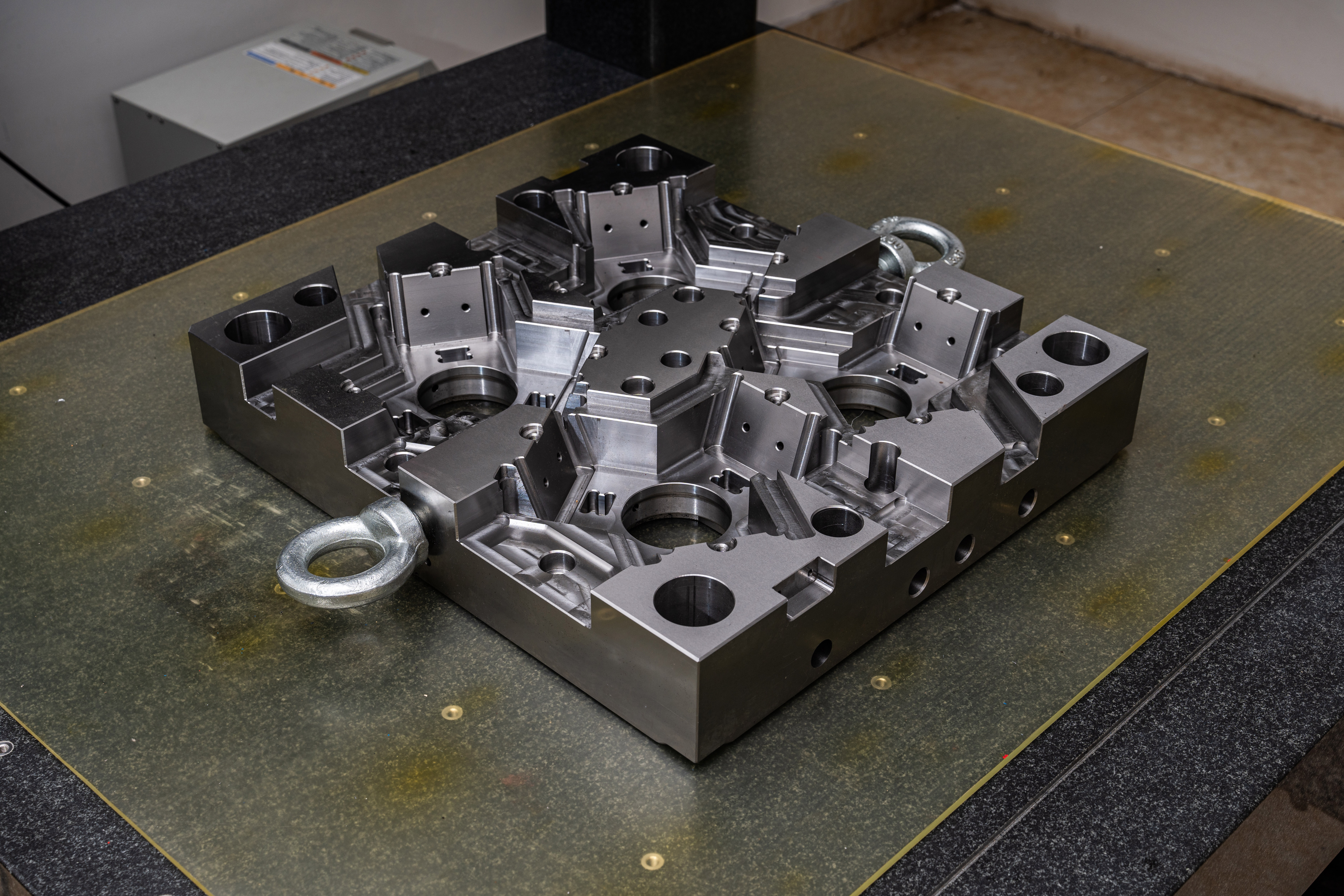Making a Lathe Tool Holder Machine for Mold Base Industry
Introduction:
In the mold base industry, a lathe tool holder machine plays a crucial role in shaping and cutting materials to create intricate and precise mold bases. This article will provide a step-by-step guide on how to make a lathe tool holder machine for the mold base industry. By following this guide, professionals in this industry can enhance their productivity and achieve higher levels of accuracy in their work.
Materials Needed:
- Steel frame - Lathe chuck - Lead screw - Ball bearings - Toolpost - Cutting tools - Electric motor - Belt drive system - Allen wrench set - Measuring tools (calipers, micrometers) - Safety goggles and gloves
Step 1: Constructing the Frame
Begin by constructing a sturdy steel frame that will serve as the foundation of your lathe tool holder machine. Ensure that it is stable and capable of withstanding the vibrations and forces generated during machining processes.
Step 2: Mounting the Lathe Chuck
Mount the lathe chuck onto the frame. This chuck will securely hold the workpiece in place and allow for cutting and shaping operations. Make sure it is properly aligned and securely fastened to avoid any misalignment issues during work.
Step 3: Installing the Lead Screw and Ball Bearings
Install the lead screw and ball bearings onto the frame. The lead screw will enable precise control of the tool's movement along the workpiece, while the ball bearings provide smooth and accurate motion. Ensure that these components are aligned correctly to guarantee optimal performance.
Step 4: Attaching the Toolpost
Attach the toolpost to the lathe tool holder machine. The toolpost is responsible for holding and positioning the cutting tools during the machining process. Use the appropriate Allen wrench to tighten the toolpost securely in place.
Step 5: Inserting Cutting Tools
Insert the desired cutting tools into the toolpost. Choose the appropriate cutting tool for each specific machining operation to achieve the desired result. Ensure the tools are properly inserted and tightened to avoid any tool slippage during operation.
Step 6: Connecting the Electric Motor and Belt Drive System
Connect the electric motor to the belt drive system that will power the lathe tool holder machine. The motor provides the rotational force necessary for cutting and shaping operations. Make sure the belt drive system is properly tensioned for optimal power transfer.
Step 7: Fine-Tuning and Calibration
After assembling all the components, perform a thorough inspection and fine-tuning of your lathe tool holder machine. Calibrate the machine to ensure accuracy and precision in your work. Use measuring tools such as calipers and micrometers to verify precise measurements.
Conclusion
By following these steps, you can create a lathe tool holder machine specifically designed for the mold base industry. This machine will enable you to achieve higher levels of accuracy and efficiency in your work, thus enhancing productivity. Always prioritize safety and wear appropriate protective gear while operating the lathe tool holder machine. It is essential to maintain and clean your machine regularly to prolong its lifespan and maintain its performance in the mold base industry.




